I need to create a SSIS project that loads daily batches of 150 files into a SQL Server database. Each batch always contains the same 150 files and each file in the batch has a unique name. Also each file can either be a full or incremental type. Incremental files have one more column than the full files. Each batch contains a control file that states if a file is full or incremental. See example of a file below:
Full File
| SID | Name | DateOfBirth |
|:---: | :----: | :-----------: |
| 1 | Samuel | 20/05/1964 |
| 2 | Dave | 06/03/1986 |
| 3 | John | 15/09/2001 |
Incremental File
| SID | Name | DateOfBirth | DeleteRow |
|:---: | :----: | :-----------: | :----------: |
| 2 | | | 1 |
| 4 | Abil | 19/11/1993 | 0 |
| 5 | Zainab | 26/02/2006 | 0 |
I want to avoid creating 2 packages (full and incremental) for each file.
Is there a way to dynamically generate the column list in each source/destination component based on the file type in the control file? For example, when the file type is incremental, the column list should include the extra column (DeleteRow).




